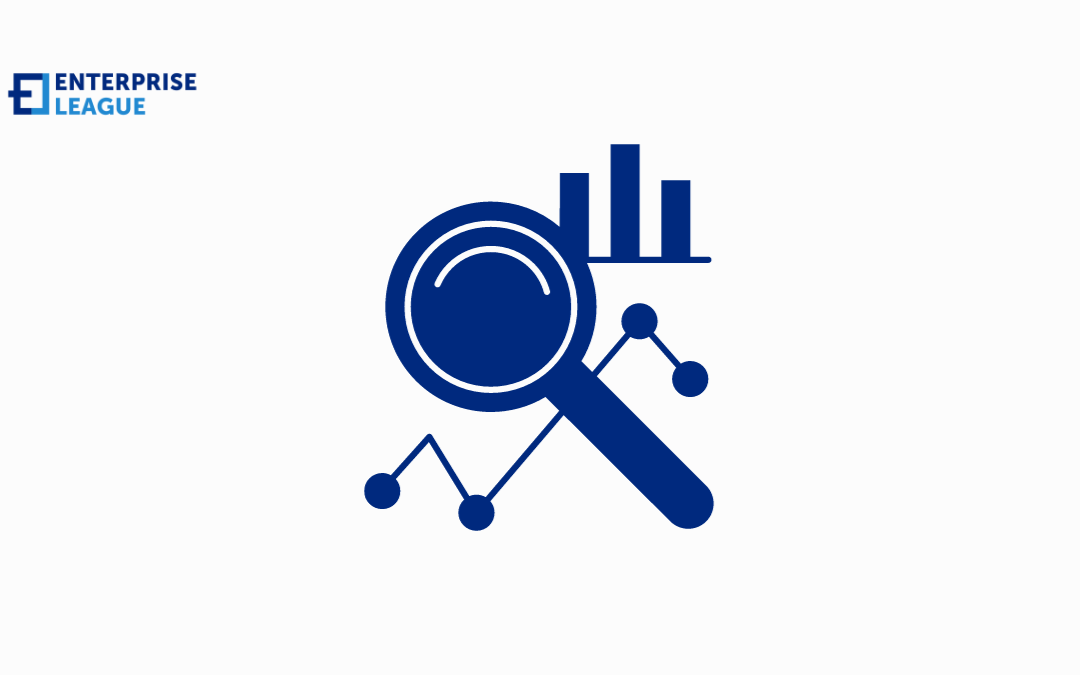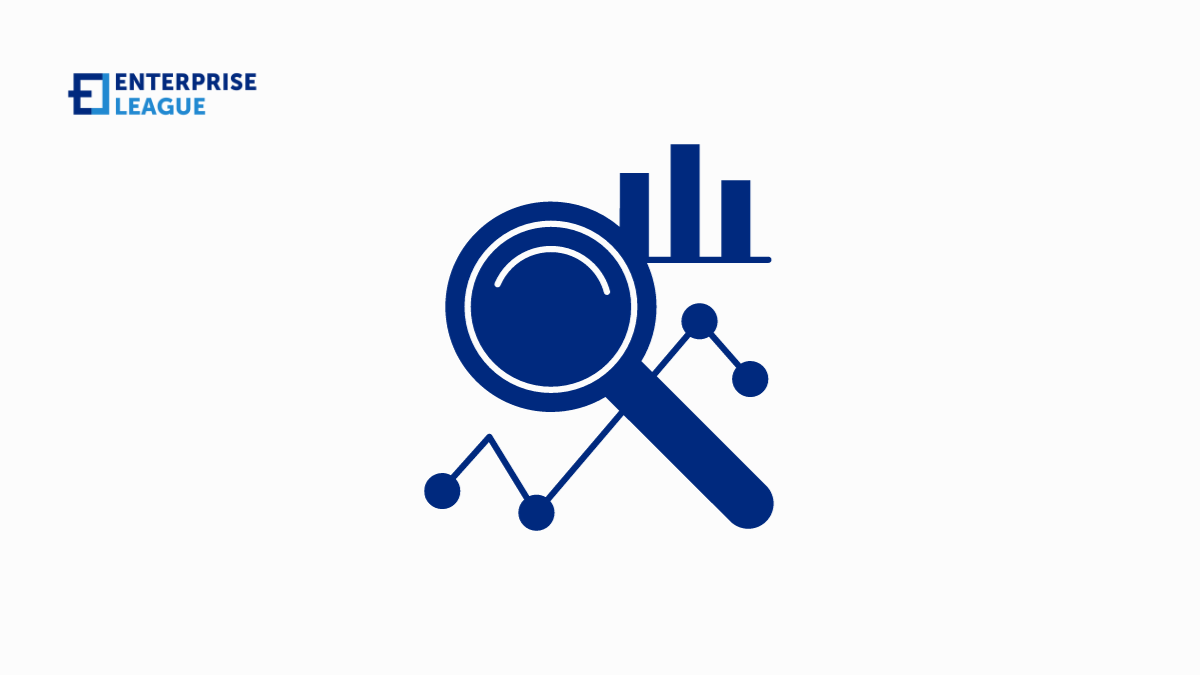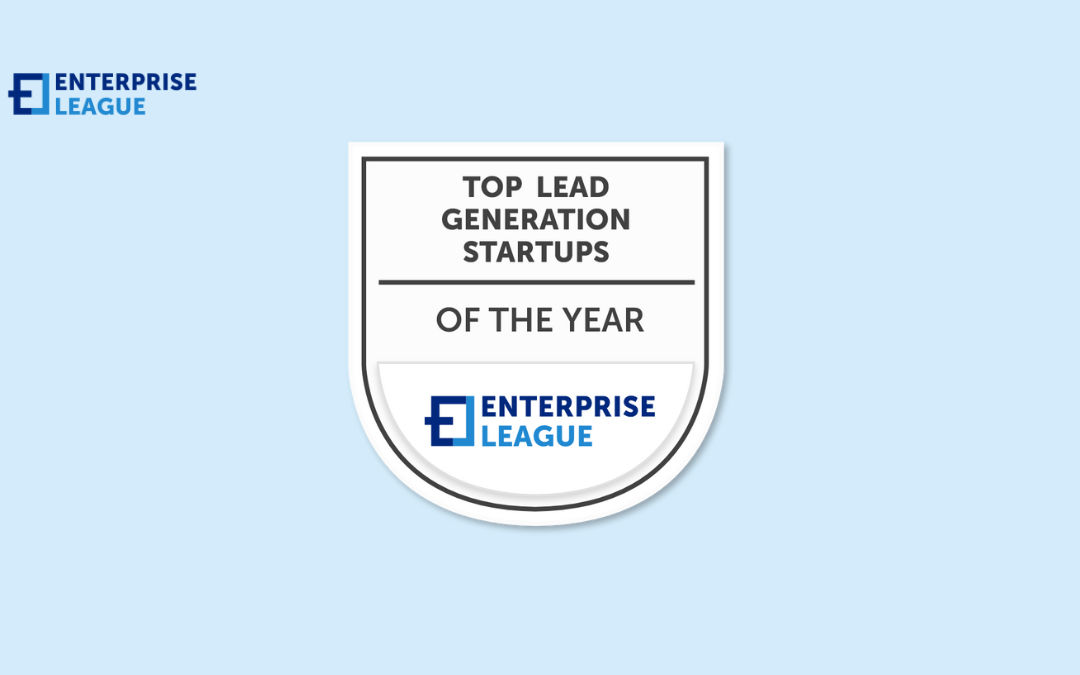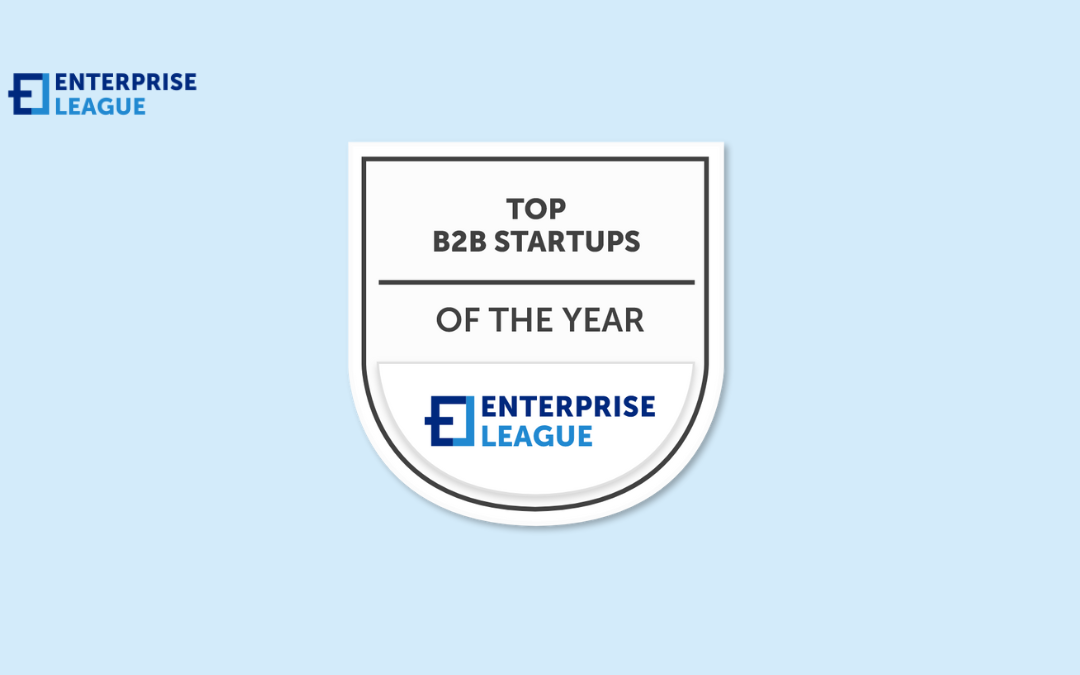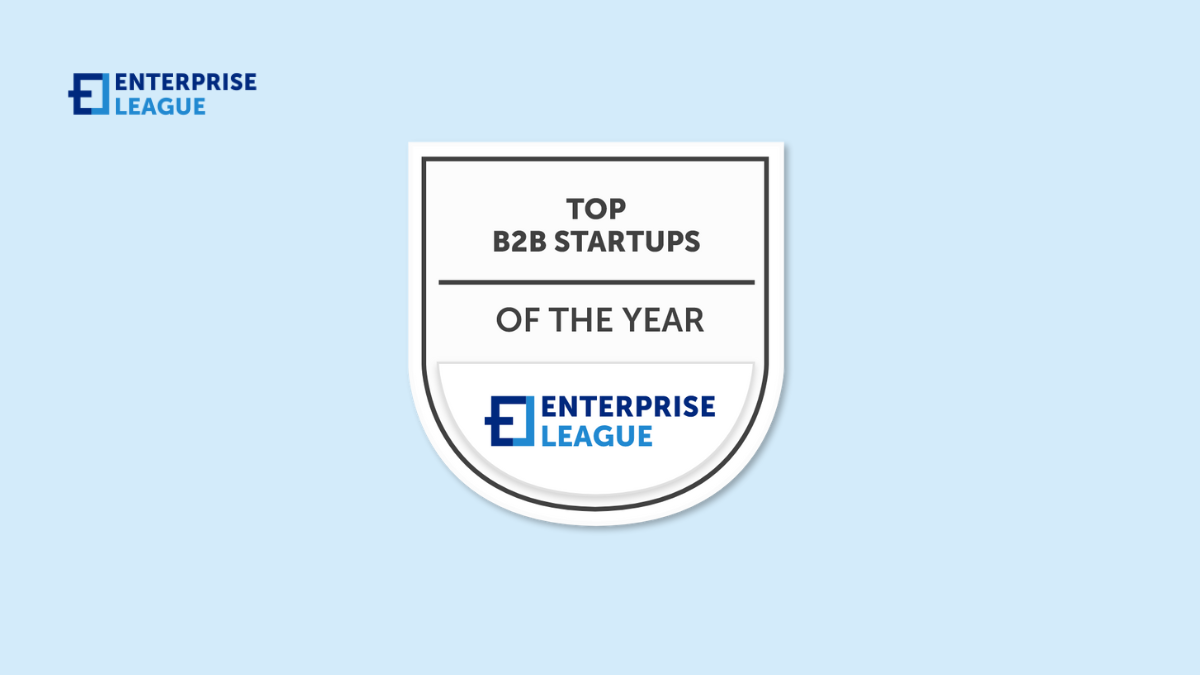In this article we will explain everything you need to know about skills management and provide tips on how to boost your company organizational success.

The importance of physical security: How to keep your premises safe and secure
The importance of physical security: How to keep your premises safe and secure
January 09, 2024

At a time when everyone is hyped about cyber threats, let’s not sleep on old-school physical security. After all, if someone waltzes into your workspace and swipes your gear, that’s a real headache (and bye-bye productivity). So get comfy and stick with us as we dive into nitty-gritty ways to keep your premises locked down safe and sound.
Fortifying the front line
To understand the importance of physical security, it’s helpful to imagine your workplace is like that sweet ride you love. You wouldn’t ditch it unlocked in a sketchy alley, right? Same deal with your biz turf.
Physical security matters because it’s basically the helmet to your corporate noggin. It’s not just about dodging theft or vandalism, although those are the main contenders. You need to think bigger—like protecting sensitive info from getting into the wrong hands or keeping your employees feeling safe so they can crush their work without looking over their shoulders.
A tight security game also means you’re less likely to take a financial nosedive due to lost assets or downtime caused by breaches. Plus, showing clients and partners that you’re all about that safety life can earn you huge trust points! So in essence, physical security is a cornerstone of any solid business strategy – ignore at your peril!
Surveillance with swagger
CCTV isn’t just for catching shifty behavior on those true-crime shows. Installing a few watchful lenses around your space can work wonders. And we’re not talking about those grainy, Bigfoot-sighting-quality vids – HD is where it’s at.
Cameras act as a mighty deterrent; most would-be troublemakers are looking for an easy target, and when they spot those high-tech eyes in the sky, they’re probably gonna pick another place to play bad.
But here’s the kicker – surveillance ain’t all about catching the baddies after stuff goes down. Real-time monitoring can flag issues AS they happen, enabling you to nip potential disasters in the bud faster than you can say “not on my watch.” Talk about peace of mind and a means to achieve sustainable growth!
Parking lot protection
Let’s cruise into the topic of parking lot security because let’s face it, your outdoor space shouldn’t be a free-for-all. That stretch of asphalt is more than just car storage; it’s the first line of defense for your biz domain. No joke, an unprotected lot can be an open invite to theft, vandalism, or worse.
Step up your parking lot game with some smart planning – bright lights to banish shifty shadows and clear signage so there’s no confusion about who’s boss. Oh, and with hardware like gate operators from All Security Equipment, you give your lot that exclusive VIP club vibe—not everyone gets past the velvet rope! These techy wonders are like having a bouncer for your cars; they manage the flow in and out, ensuring only the right folks roll in.
And let’s not forget surveillance cams pointed at this area—capturing license plates and loiterers alike. With these measures kicking it together, anyone looking to mess with your wheels will think twice before stepping onto your turf. Leveraging solutions like Bold Group can significantly boost your physical security defenses. They offer alarm monitoring software that acts as a central hub for managing alerts in real time, turning data into actionable insights to prevent potential breaches on the fly.
Granting access with high-tech gadgets
Ever wish you could clone yourself to be everywhere at once? Maybe keeping an eye on the lobby, checking badges at the door, or even questioning if Dave from accounting really needs to print another cat meme. While we can’t exactly whip up a clone army for you (bummer, right?), what we can talk about is slick access control that’s basically your techy twin in managing who gets in and where.
Say adiós to the days of simple locks and keys—enter smart card readers, biometrics like thumbprint scanners that would make James Bond proud, and keypads that demand more than just pounding in “1234”. With these bad boys installed throughout your empire, you’re playing gatekeeper on a whole new level. Automated lock systems tied to specific hours? Check. Alerts straight to your phone if someone’s trying their luck out-of-hours? You betcha!
And because employees love feeling like they’re stepping into Mission Impossible every morning (talk about a morale boost!), this setup isn’t just tightening security—it’s turning daily routines into something straight out of sci-fi. Total win-win!
Conclusion
Alright, you’ve got the rundown on defending your brick-and-mortar fortress. It’s clear that getting physical with security is more than muscle and metal; it’s about smart tech and sharper strategies.
So go on, give your business that security glow-up. It’s worth it since a safe space means smooth sailing for productivity, and peace of mind for you and your crew. Your office isn’t just an office—it’s your commercial castle, so protect it like one! Keep those invaders at bay, and let ’em know this stronghold ain’t for conquering.
More must-read stories from Enterprise League:
- The golden rules you need to build a long lasting buyer-seller relationship.
- Common hiring mistakes that employers make and how to prevent them.
- Find out how to turn your hobby into a business.
- Golden rules about Google advertising for small businesses.
- Key factors in determining salary increases for your employees.
Related Articles
Skills management: A roadmap for organizational success
The power of mentorship in personal and professional growth
In times when you feel like being stuck in place, having an experienced mentor who can offer you an extra hand to get unstacked can play crucial role.
How APIs empower tech startups to scale and succeed
In this article we will explore more about how APIs combined with strategic decisions like hiring dedicated software development teams empower tech startups.
What you need to know about side hustles
If you’re looking for a flexible way to make extra money, side hustles offer endless possibilities and choosing the right one can maximize your earnings.
How FinTech is transforming consumer lending systems
Discover how FinTech is redefining consumer lending with rapid approvals, personalized services, and advanced data analytics for smarter, faster loan processing.








